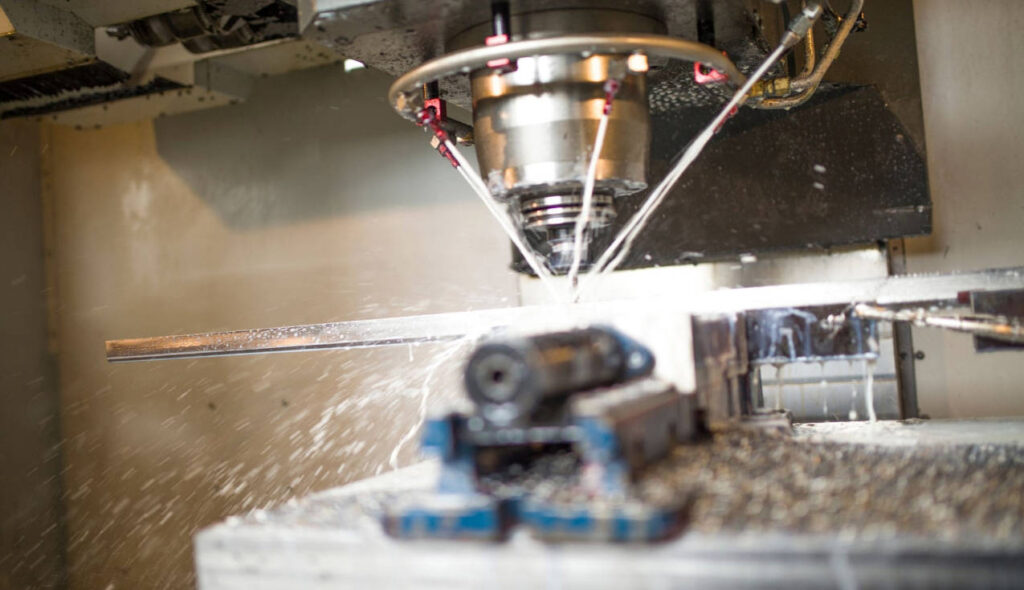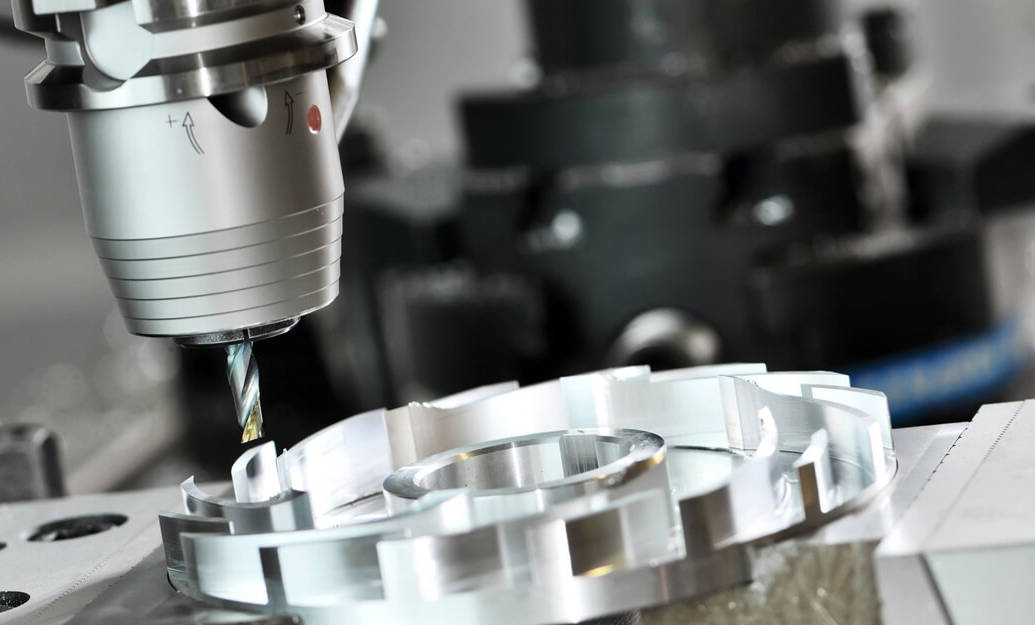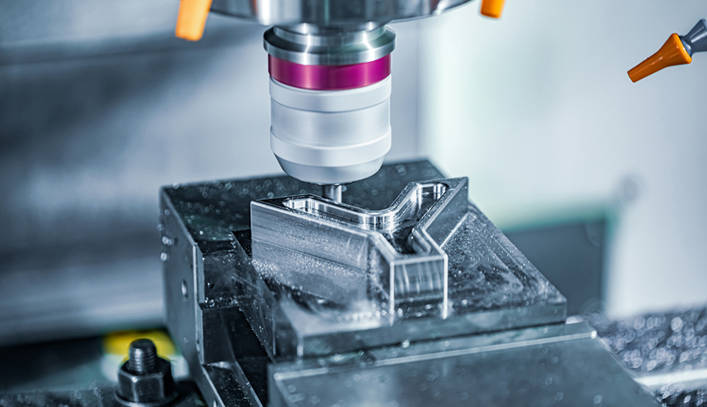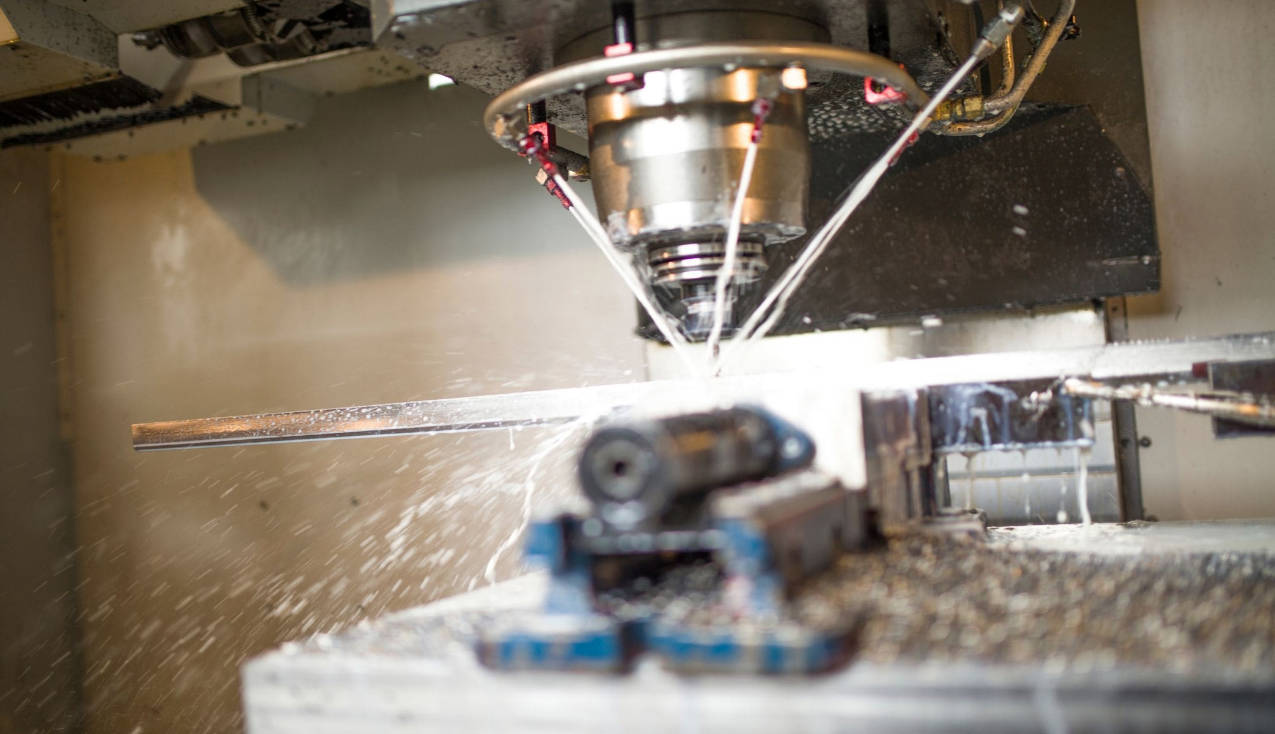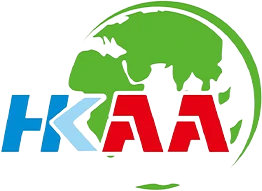CNC milling pricing is primarily calculated by combining three key factors: machine time, the duration the CNC machine is actively cutting the part; setup costs, the one-time expense for programming and preparing the machine; and material costs, the price of the raw stock required. These core elements are then influenced by secondary factors like part complexity, required tolerances, and order quantity, which together determine the final quote for a custom-machined part.
Understanding the anatomy of a CNC milling quote is crucial for engineers, designers, and procurement managers alike. It demystifies the costs associated with transforming a digital design into a physical component and empowers you to make informed decisions that can significantly reduce your manufacturing expenses. This comprehensive guide will break down every element of CNC milling pricing, from the core formula to the subtle variables that can impact your bottom line, providing you with actionable insights to optimize your designs for cost-effectiveness.
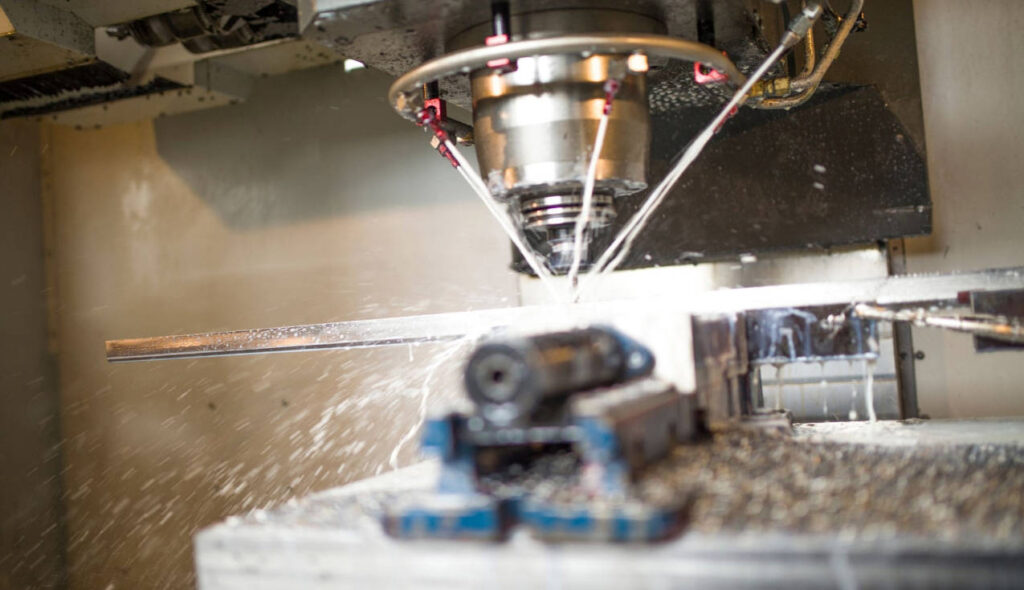
Table of Contents
- The Core Formula of CNC Milling Pricing
- A Deep Dive into the Primary Cost Drivers
- What Other Factors Influence Your CNC Milling Quote?
- Uncovering the “Hidden” Costs: Beyond the Big Three
- How Can You Reduce Your CNC Milling Costs?
- Conclusion: A Partnership for a Fair Price
The Core Formula of CNC Milling Pricing
At its heart, the calculation for CNC milling cost is not overly complex. Most machine shops start with a basic formula that serves as the foundation for their quotes. While the exact multipliers and rates will vary from shop to shop, the structure remains consistent and can be simplified as follows:
Total Cost = Setup Cost + (Machine Time × Machine Hourly Rate) + Material Cost + Cost of Other Factors
This formula highlights the central pillars of pricing. The Setup Cost is a fixed, one-time charge per production run. The Machine Time is a variable cost that depends directly on how long your part occupies the machine, multiplied by the shop’s hourly rate. The Material Cost is the expense of the raw block of metal or plastic. Finally, “Other Factors” is a catch-all for secondary services, special tooling, and complex requirements. Let’s explore each of these components in detail.
A Deep Dive into the Primary Cost Drivers
To truly grasp how CNC milling prices are determined, we must dissect the three most significant components of the cost equation. These drivers account for the vast majority of the final price you see on a quote.
Machine Time: The Engine of Your Cost
Machine time is arguably the most influential variable in CNC milling pricing. It refers to the total time the CNC machine is dedicated to manufacturing your part, from the first cut to the last. This time is billed at a specific machine hourly rate, which can range from $50 to over $200 per hour, depending on the machine’s capabilities (e.g., 3-axis vs. 5-axis), the shop’s location, and its overhead.
So, what determines how much machine time your part requires? Several factors are at play:
- Material Machinability: Softer materials like Aluminum 6061 can be cut quickly, resulting in lower machine time. In contrast, harder materials like Stainless Steel, Titanium, or exotic alloys require slower cutting speeds and feeds to manage heat and tool wear, significantly increasing machine time.
- Part Volume: The sheer amount of material that needs to be removed from the raw stock to achieve the final geometry directly impacts time. A part that is mostly “air” (i.e., requires a lot of material removal) will take longer to machine than a simpler block-like shape.
- Part Complexity: Intricate features, complex curves, and numerous small details all require more toolpaths and more time on the machine. A 5-axis machine can create complex geometries faster than a 3-axis machine in some cases, but its hourly rate is typically much higher.
Setup Costs: The Crucial First Step
Before a single chip is cut, a significant amount of preparatory work must be done. This is bundled into a one-time charge known as the setup cost. This cost is static for a production run, meaning it’s the same whether you order one part or one hundred. This is why the per-part price for prototypes and small batches is significantly higher than for larger production runs—the setup cost is amortized over a smaller number of units.
Key components of setup cost include:
- CAM Programming: A skilled programmer must translate your 3D CAD model into a set of instructions, or G-code, that the CNC machine can understand. This involves defining toolpaths, selecting tools, and setting cutting parameters. Complex parts require more programming time.
- Workholding and Fixturing: Your raw material must be securely clamped to the machine bed. For simple parts, a standard vise may suffice. For complex or irregularly shaped parts, custom fixtures or jigs may need to be designed and created, adding to the setup cost.
- Tool Loading and Calibration: The correct cutting tools must be loaded into the machine’s tool holder, and their exact lengths and diameters must be measured and input into the controller. The machine’s coordinate system must also be set relative to the workpiece.
Material Costs: The Foundation of Your Part
The cost of the raw material is a straightforward but critical component of the price. This isn’t just the cost of the material that ends up in your final part; it’s the cost of the entire block of stock from which the part is milled. Machine shops purchase standard-sized bars, plates, or blocks, and they must use a size that is large enough to contain your part’s entire geometry. Any material that is cut away as chips is waste, but its initial cost is still factored into the price.
Material choice has a massive impact on the final cost, not only due to its base price but also its effect on machine time. High-performance polymers like PEEK or exotic metals like Inconel can be orders of magnitude more expensive than common aluminum alloys. The table below provides a relative comparison of common CNC milling materials.
| Material | Relative Cost | Machinability | Common Applications |
|---|---|---|---|
| Aluminum 6061 | Low ($) | Excellent | Prototypes, structural components, consumer electronics |
| Stainless Steel 304 | Medium ($$$) | Fair | Food processing equipment, medical devices, corrosion-resistant parts |
| PEEK | Very High ($$$$$) | Good | Aerospace components, high-performance bearings, medical implants |
| Titanium (Ti-6Al-4V) | High ($$$$) | Difficult | Aerospace, high-performance automotive, medical implants |
What Other Factors Influence Your CNC Milling Quote?
Beyond the “big three,” several other design and order specifications play a vital role in determining the final price. These are often the areas where designers can have the most impact on reducing costs.
Part Complexity and Geometry
Complexity is a major cost driver. Features that are difficult to machine will invariably increase the price. This includes things like very deep pockets (which require long, fragile tools), thin walls (which are prone to vibration and require slower cutting), and features that can only be accessed from multiple angles (requiring a more expensive 5-axis machine or multiple setups on a 3-axis machine).
Tolerances and Precision Requirements
Tolerances define the acceptable deviation for a given dimension. While CNC machines are incredibly precise, achieving extremely tight tolerances (e.g., ±0.001″ or ±0.025mm) is a challenge. It requires slower cutting speeds, more frequent tool changes, and special inspection procedures. As a rule of thumb, every time you tighten a tolerance by a factor of two, you can expect the cost of that feature to increase significantly. Therefore, it’s crucial to only specify tight tolerances on critical features where they are functionally necessary.
Surface Finish Specifications
The standard “as-milled” surface finish is often sufficient for many applications. However, if a part requires a smoother or more uniform finish (e.g., for aesthetic reasons or for a sealing surface), additional machine operations are needed. This might involve a final, very light “finishing pass” with a specific tool, which adds to the overall machine time. Specifying a mirror finish or a specific Ra (Roughness Average) value will increase costs.
Order Quantity (Economies of Scale)
As mentioned earlier, the one-time setup cost has a huge impact on the per-part price at low volumes. When you order 100 parts instead of one, that setup cost is divided by 100, dramatically lowering the unit price. Additionally, for larger quantities, shops can optimize the programming and workholding for efficiency. They may create multiple-part fixtures to reduce load/unload time and can often secure better pricing on raw materials by buying in bulk.
Uncovering the “Hidden” Costs: Beyond the Big Three
Some costs aren’t always explicitly broken down in a quote but are factored into the overall price or hourly rates. Being aware of these can help you understand the full scope of the manufacturing process.
Tooling and Fixturing
Standard cutting tools (end mills, drills) are generally considered part of the machine shop’s overhead, covered by the hourly rate. However, if your part requires specialty tools—such as a custom-ground form tool for a unique profile or a very small, expensive end mill for tiny features—the cost of this tooling will be passed on to you. Similarly, if a complex custom fixture is needed to hold the part, the design and fabrication costs for that fixture will be included in the quote.
Post-Processing and Finishing
CNC milling is often just one step in the manufacturing process. If your part requires additional services, these will be added as separate line items. Common post-processing steps include:
- Deburring: Manually removing the sharp edges or burrs left over from machining.
- Anodizing: An electrochemical process for aluminum that adds a durable, corrosion-resistant, and often colorful, surface layer.
- Powder Coating or Painting: Applying a decorative and protective coating.
- Heat Treatment: Altering the mechanical properties of a metal (e.g., hardening steel).
- Plating: Applying a thin layer of another metal (e.g., nickel, chrome) for wear resistance or appearance.
Quality Assurance and Inspection
Every part undergoes some level of quality inspection. For standard tolerance parts, this might involve a simple check with calipers. However, for parts with very tight tolerances or critical geometric controls (GD&T), a more rigorous inspection process is required. This can involve using a Coordinate Measuring Machine (CMM), which is a time-consuming and expensive process. The level of required inspection and documentation (e.g., First Article Inspection reports) will be factored into the final price.
How Can You Reduce Your CNC Milling Costs?
Armed with this knowledge, you can now proactively design parts to be more affordable to manufacture. This practice is known as Design for Manufacturability (DFM). Here are some of the most effective strategies:
- Optimize Material Selection: Unless a specific material property is essential, choose a more machinable and less expensive material like Aluminum 6061.
- Relax Tolerances: Review your design and loosen any non-critical tolerances. Use the shop’s standard tolerance (often ±0.005″ or ±0.127mm) wherever possible.
- Avoid Complex Features: Simplify your design by avoiding deep pockets, thin walls, and complex 3D contours. Use standard drill sizes and ensure internal corner radii are large enough to be cut with a standard end mill (a radius of at least 1/8″ or 3mm is a good starting point).
- Increase Order Quantity: If possible, increase your batch size to take advantage of economies of scale and reduce the per-part impact of setup costs.
- Provide Clear Documentation: A clean CAD model and a clear 2D drawing with well-defined tolerances and finish requirements will reduce ambiguity and prevent the shop from pricing in “risk” for unclear specifications.
Conclusion: A Partnership for a Fair Price
CNC milling pricing is not an arbitrary number; it is a logical calculation based on a combination of time, materials, and expertise. By understanding that the final cost is a direct reflection of machine time, setup effort, and material expense—all further shaped by your design choices—you can move from being a passive price-taker to an active partner in the manufacturing process. Engaging with your machine shop, discussing your design’s critical features, and applying DFM principles will not only help you secure a fair and accurate price but will also lead to better, more efficient, and more cost-effective products.
CNC milling pricing, how CNC milling is calculated, CNC machining cost, machine time, CNC setup costs, cost of materials for CNC milling, factors affecting cnc milling cost, how to reduce cnc machining costs, understanding cnc milling quotes, CNC cost calculator

